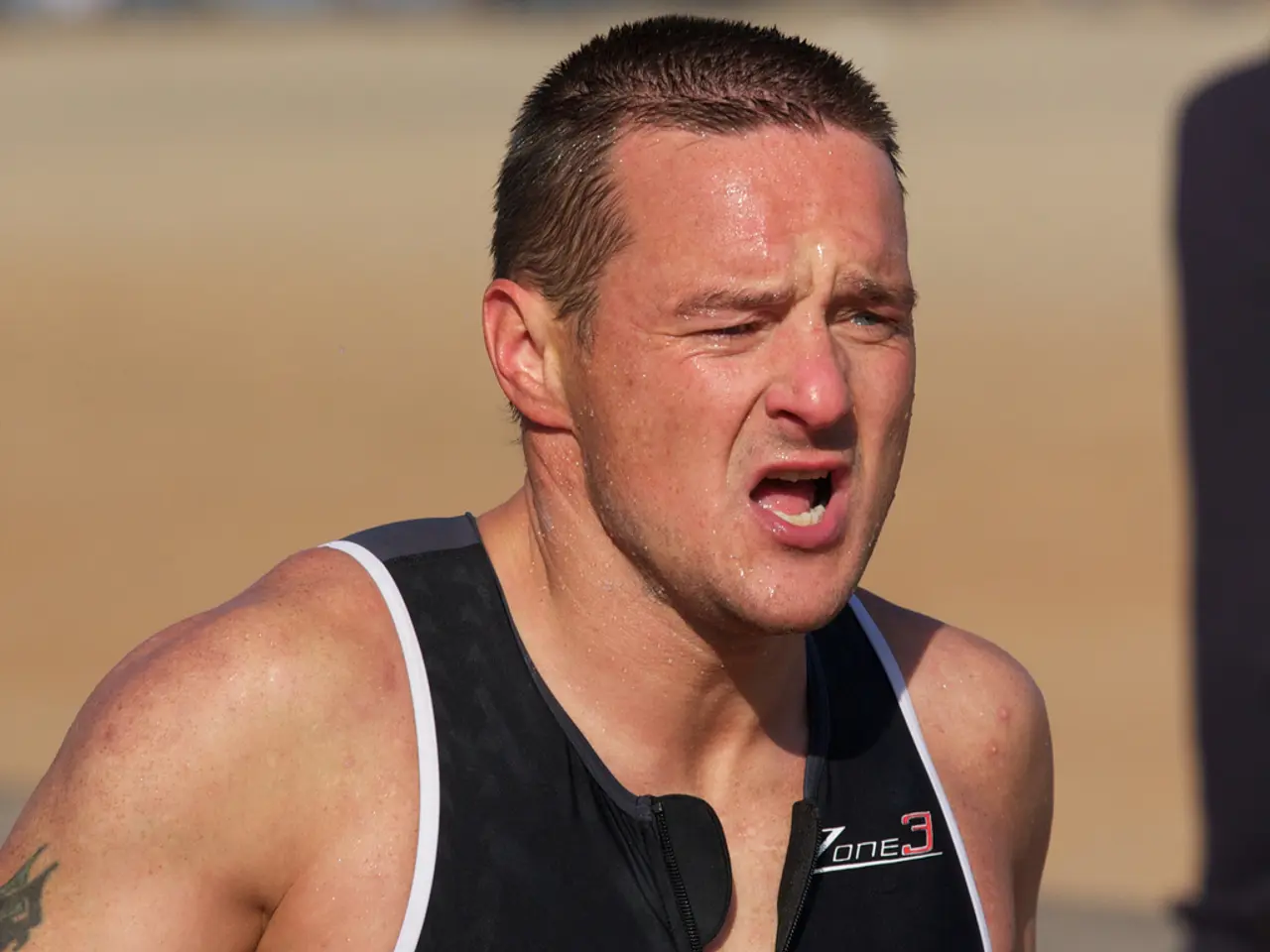Treating Dyshidrotic Eczema: Prescription Drugs and Home Solutions
Dyshidrotic eczema is a common skin condition that affects the hands and feet, causing itchy and painful blisters. While there is no cure, several treatment options can help manage symptoms effectively.
Common treatment options include topical corticosteroids, moisturizers, and emollients. Topical corticosteroids, such as hydrocortisone creams, help reduce inflammation, itching, and heal blisters. To minimize risks of side effects like skin thinning or withdrawal effects, low-dose hydrocortisone creams are usually recommended. Moisturizers and emollients are essential for maintaining the skin's barrier function and reducing dryness.
Calcineurin inhibitors, immune-modulating creams, can be used as alternatives to corticosteroids to reduce flare-ups. However, they increase sun sensitivity, so sun exposure should be limited during treatment.
In severe or refractory cases, oral corticosteroids or immunosuppressants may be prescribed. Due to potential systemic side effects, these medications are generally avoided unless necessary.
Light therapy (phototherapy) using UVA or UVB can be an option when other treatments fail. This therapy helps skin heal and reduce symptoms. However, common side effects include sunburn-like symptoms, skin tenderness, and premature skin aging. Less common side effects may include skin cancer, hair follicle infections, and cataracts.
Botulinum toxin injections show potential benefits for cases linked with excessive sweating, helping reduce sweating and inflammation.
Symptom management techniques, such as applying ice for swelling relief and avoiding opening blisters, are crucial supportive measures.
Patients are advised to have their treatments supervised by dermatologists who tailor therapy to symptom severity and flare frequency. Daily skincare, moisturizing, avoiding irritants, and stress management also play key roles in managing dyshidrotic eczema effectively.
In addition to traditional treatments, biologic drugs are breakthroughs in eczema treatment. The National Eczema Association recommends tralokinumab-ldrm, lebrikizumab-lbkz, and nemolizumab-ilto as additional biologic drugs for treating dyshidrotic eczema.
It's essential to discuss aftercare and potential side effects with a healthcare professional following UV light treatment.
For excessive sweating related to dyshidrotic eczema, dermatologists may recommend a prescription-strength antiperspirant or Botox injections.
References:
[1] National Eczema Association. (n.d.). Dyshidrotic Eczema. Retrieved from https://nationaleczema.org/eczema/types-of-eczema/dyshidrotic-eczema/
[2] American Academy of Dermatology. (n.d.). Dyshidrotic Eczema. Retrieved from https://www.aad.org/public/diseases/eczema/dyshidrotic-eczema
[3] Mayo Clinic. (2021, February 17). Dyshidrotic eczema. Retrieved from https://www.mayoclinic.org/diseases-conditions/dyshidrotic-eczema/symptoms-causes/syc-20373902
[4] Cleveland Clinic. (n.d.). Dyshidrotic Eczema: Causes, Symptoms, and Treatment. Retrieved from https://my.clevelandclinic.org/health/diseases/15158-dyshidrotic-eczema
[5] Healthline. (2021, July 1). Dyshidrotic Eczema: Symptoms, Causes, and Treatments. Retrieved from https://www.healthline.com/health/dyshidrotic-eczema
Read also:
- Instructions for Encouraging a Dementia Sufferer to Clean Their Teeth
- Government intends to enforce medical certificates for cannabis users to prevent illicit exportation
- Gunman at CDC links COVID-19 vaccine to depression; labor union calls for anti-misinformation declaration
- Cat Caterpillar Rash: Symptoms, Causes, remedies, and additional information





